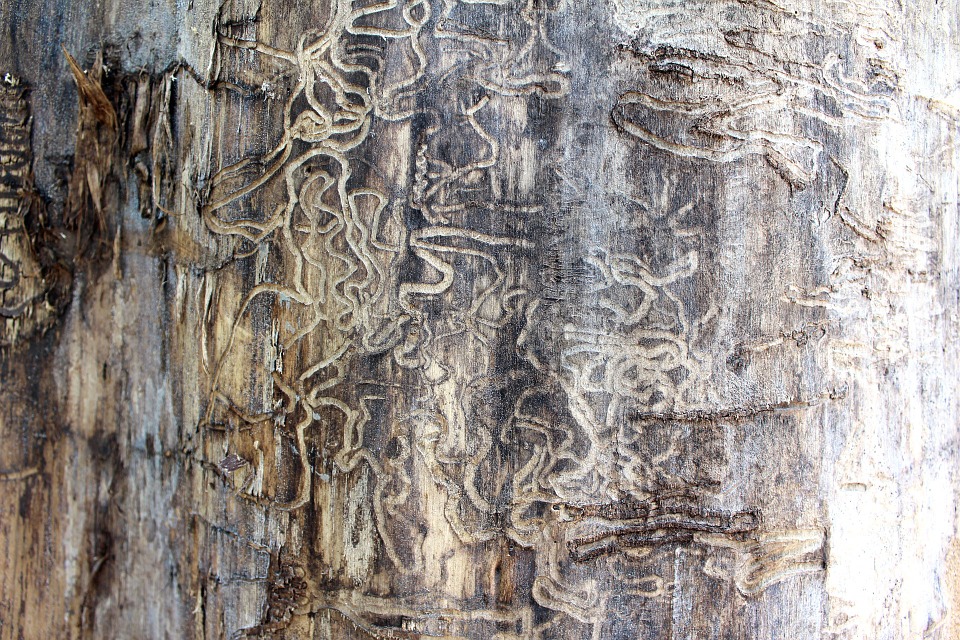One of the problems with dealing with termites is how much damage they can do before you detect them, since they tend to dig into the deepest section of wood and do their damage before you have clear evidence they are there. Here are 4 signs you’re dealing with a termite infestation. We’ll also give you advice on what could be a sign of termites.

Mud Tubes
You may at first think that there is a line of dust and debris along the wires leading into the house or a pile of dirt along the side of the house. If you kick it open, you will likely find a line of white insects crawling along. Those are termites inside of the mud tube they built to shelter themselves from the elements while they move into your home and devour it. Note that these mud tubes can also be found along exterior walls, though rarely on interior walls where they are exposed to light.
A major warning sign that means you should call home pest exterminators in the Redding area is if you suddenly see mud tubes radiating away from your foundation as spring is near, because you not only have termites but they are about to swarm and spread.
If you don’t know if you’re dealing with an insect-made mud tube or something else, knock it down and then come back in a few days. If it has reformed in that same spot or reformed a short distance away, call for pest control.
Winged Ants
One sign you’re dealing with a termite infestation is seeing what look like winged ants inside of your home. Unless you’ve already got an ant infestation in your home, you’re not going to see winged ants inside of your home. You could see these “winged ants” in your bathroom or other rooms, especially coming out when you turn on a light fixture they are mistaking it for sunlight. Another warning sign is when you find discarded insect wings in one area and what seem like ants in another – these are swarming termites that have mated, shed their wings and are now looking for a new home. Yours.
Blowholes in Trees
When termites move into a dead tree, they will start devouring it. And many birds and other predators will try to feed on them. This will leave holes in the wood that the termites try to fill in with mud. In some cases, the dying tree puts a callus around the holes where termites and predators are both digging into it. If you start seeing these ringed holes in a tree, know that it is infested with termites. And if you cut down the tree without control the termites, they’ll likely migrate into your home. What if you aren’t sure if the forms you see are termites versus something else? Knock on wood. If the wood sounds hollow, it is almost certainly termites.
Note that you can see the same “blowholes” in wood floors and walls if you have an interior termite infestation. Uneven and bubbling paint can be created by termites eating the wood under the paint.
Wood Damage
If you hear tapping in the walls and floor at night and your floors start to sag, it is being weakened by heavy termite appetites. If your solid wood cabinetry starts to break off or flake, you probably have termites eating it. Another warning sign is solid floors that now create a hollow sound when you walk on them. Blistering wood is almost always due to termite infestations.
Identifying a termite infestation is the first step in combatting them. The sooner you do, the more chances you have of recovering. Whether you’re dealing with a new infestation or an older one, it’s always a better idea to work with professionals to make sure that the situation doesn’t become irreversible.
